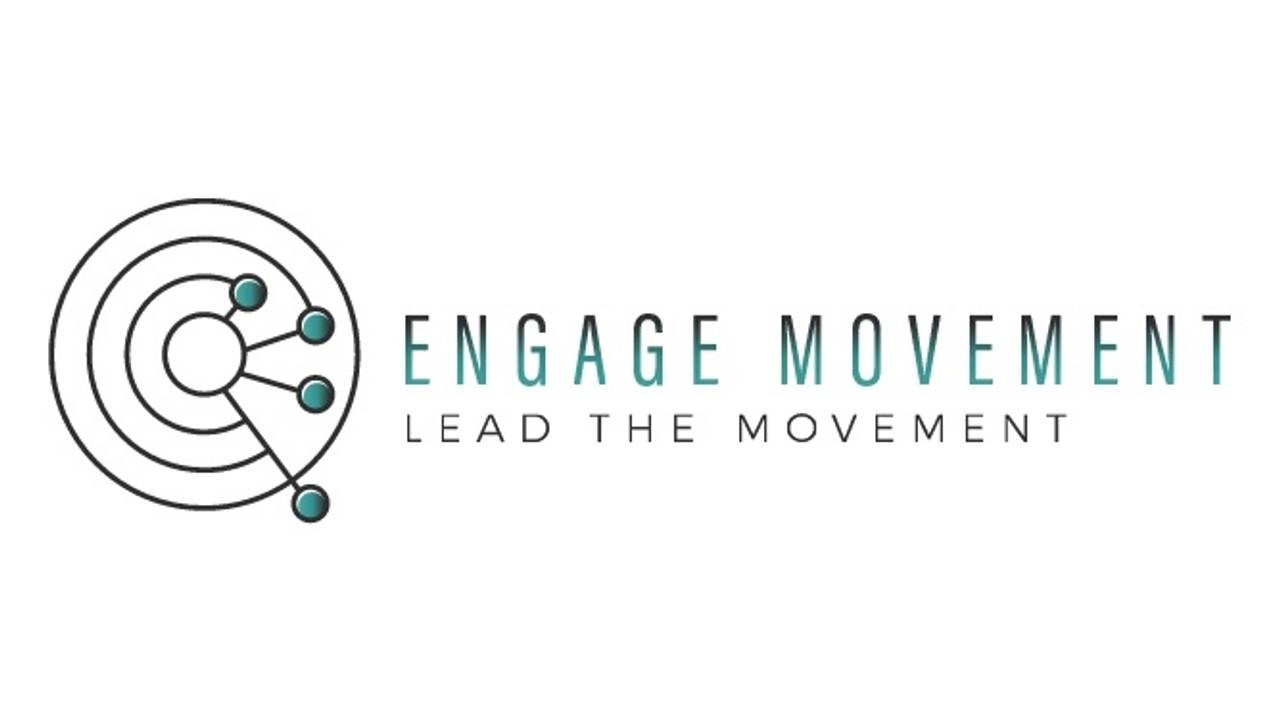Using a system
Jun 26, 2022
A system sets you up for predictability and repeatability.
What am I going to do when a client walks through the door and how am I going to do it?
There’s plenty of options for programming, assessing, you name it… So, what’s the best system? The one that makes the most sense to YOU! And if you don't like any, create your own.
Over my years of practice and coaching, my system framework has stayed relatively the same, but pieces of it have adapted. A core framework of the system has always been:
Hear the story > collect range of motion data > collect strength or tolerance testing data > interpret the data as it matches with the story > create the program > monitor and adapt the program > achieve the outcome
Let me break down each part of the system and talk through the process of them individually:
Hear the story - Everyone has a story and as coaches or providers taking an in depth history can highlight many things. Within the story I am looking for patterns, irritating factors, trends that coincide with the client’s lifestyle (ie: when life gets stressful), mindset around the issue, what has worked in the past, what hasn’t worked in the past, and outlook towards the future.
Collect range of motion data - Given the story told, what pieces of data from my range of motion screen correlate. Simply, what makes sense! If someone has hip pain when they squat and they are missing range of motion in that same joint, it’s going to be part of my plan of attack. If they have hip pain when they squat, but are missing shoulder flexion, it wouldn’t correlate as closely.
Upper body screens: Shoulder flexion, shoulder abduction, wrist extension as basics
Additional tests: Thoracic rotation, shoulder rotation
Lower body screens: Hip flexion, prone knee flexion, kneeling knee flexion, standing lumbopelvic flexion, ankle dorsiflexion
Additional tests: Hip rotation, ankle inversion/eversion, knee extension, hip extension
Collect strength data - Back in my early clinical days, it was all about manual muscle testing like we learned in PT school. As my ideal client evolved, my strength testing process needed to as well. Now, maybe I generally screen the hip rotators manually, but when I am looking at lower extremity strength, I am going to use something more functional like the step-up. Let’s take that same client with hip pain while squatting, if they have a discrepancy, either the painful leg is weaker OR stronger (no correlation one way or the other), I am going to hold a higher level of weight to that piece of data. “If I change this objective measure what happens?”.
Upper body strength tests: pull-up, dip, high pull, press, power row
Lower body strength tests: back squat, front squat, step-up, deadlift, side plank with abduction, copenhagen plank
Interpret the data - Do things match up? Does the correlation make sense? Does the weakness or strength create patterns or shapes that match up with the story of irritability? Now you’re making progress to your plan of action! This is always something I do with my client during a whiteboard session.
Create the plan - Take the story, the findings, the profile, and create the plan! Generally, here’s how that goes: allow the irritation to calm by avoiding the triggers, work to regain the range of motion needed, work to balance the strength profile, work to reintroduce previously painful ranges, recondition those tissues back to sport… boom. Plan of action completed.
Along the way you should be layering strategies mentioned in the plan creation, constantly assessing range and tolerance to movement and patterns, and there’s your system. It’s almost the same process each time, with only variance taking place as needed for the area being managed.
If you don’t already have an assessment and programming system, then you are in the right place! Our course offering RETAIN, which launches 7/27, includes everything you need to replicate this email. All the language, all the guidance, all the frameworks, all in one place!
You can read more about it here: https://www.engagemovement.com/retention-programming-model
Interested in learning more?

